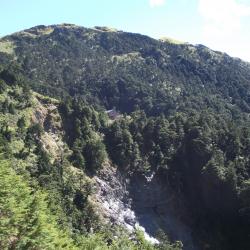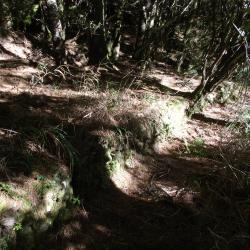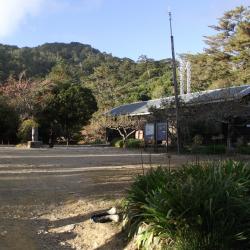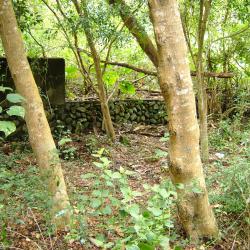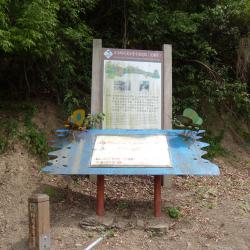The Nenggao Traversing Historic Trail has always been the road used by the Sediq people to hunt and travel.
In the Taroko War in 1914, this road was also used by the Governor-General in Taiwan to send troops to attack the Turuku people. Later, in order to seek long-term stability, the Chuying to Qilai crossroad was excavated along the existing old Nenggao Trail. However, due to the high elevation of the east section of the trail and that it was difficult to pass during winter, the whole trail was rebuilt in the middle of the Japanese occupation period. Many police posts were also built along the way, including Tunyuan station, Fushijian station, Weishan station, Nenggao station, East Nenggao station, and Banbian station. In addition to the deployment of police, it also provided accommodation facilities for hikers.
